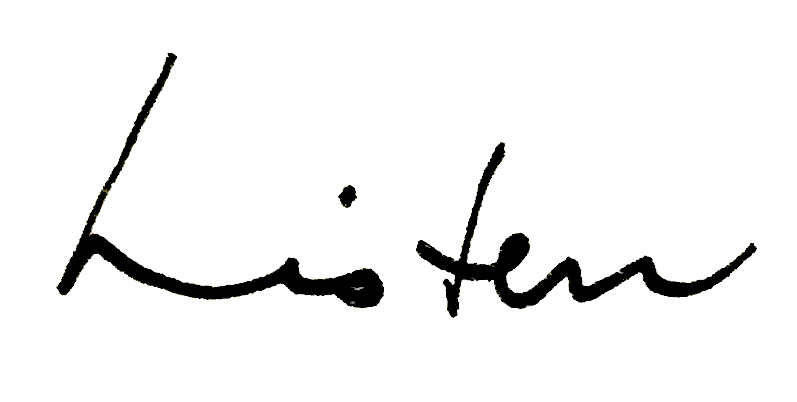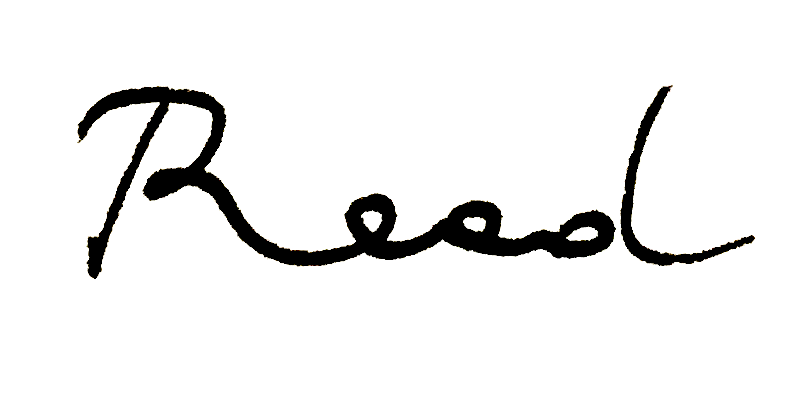The story goes something like this. Long ago, upon the realization that their native island Hiva was drowning, king Hotu Matu’a convened his people to tell them they were leaving their land in search of a safer future. That same night, adviser to the king Hau Maka had a dream of a faraway, fertile land, a remote paradise that was to be their people’s new residence. The adviser was so convincing that Hotu Matu’a sent his two sons and five other explorers to search the Pacific for this promised land.
Following the flight of birds, the ocean currents and their ancestors’ whispers, they sailed for weeks against the wind. One morning, after sailing thousands of kilometers, the seven explorers found Rapa Nui, the remotest island in the world. Barely at the edge of what we now call Polynesia, it was a paradise that promised a new beginning. It perfectly matched Hau Maka’s dream, so they sailed back to Hiva to gather their people and belongings. When they returned to Rapa Nui and settled this uninhabited land, they couldn’t but nickname it Te Pito O Te Henua—the navel of the world.
Apparently, Rapa Nui is not the only remote island to have picked this nickname. But it is factually the remotest inhabited island in the world. There only two connecting flights to it, one from Santiago de Chile (Chile) and one from Papeete (Tahiti)—both around 4000km away. It takes weeks for a cargo ship to arrive to the island. The only visible firm land from the island is the moon.
The name is exquisitely appropriate, descriptive both of geographical facts and physical experiences in the island. For my birthday, I was gifted a book that taught me Rapa Nui is located within the South Pacific Subtropical Gyre. This is a circled ocean current that runs counterclockwise in the lower Pacific Ocean. The gyre is made up of four great ocean currents, which respond to the general circulation of surface winds in the region. It looks like a circle. Rapa Nui is at its very center.
One morning I was sharing some coast-wind and sunlight with a friend. We noticed that the clouds above seemed to be in the midst of a great migration. Small and bigger souls floated north, cloud families of adults and children and grandchildren, differing only in size and closeness to one another. As I started drifting, I turned my head and realized that the clouds did not keep north forever. Instead, they later circled east, and then south, and then west. And then north again. The prodigious exodus was circular. And we were at its center.
Everyday, as I walk through the street Te Pito O Te Henua, I dream of tying a balloon to my backpack and floating up and above. I wonder how long it would take for the navel to disappear, how long it would take me to see anything that wasn’t blue.




